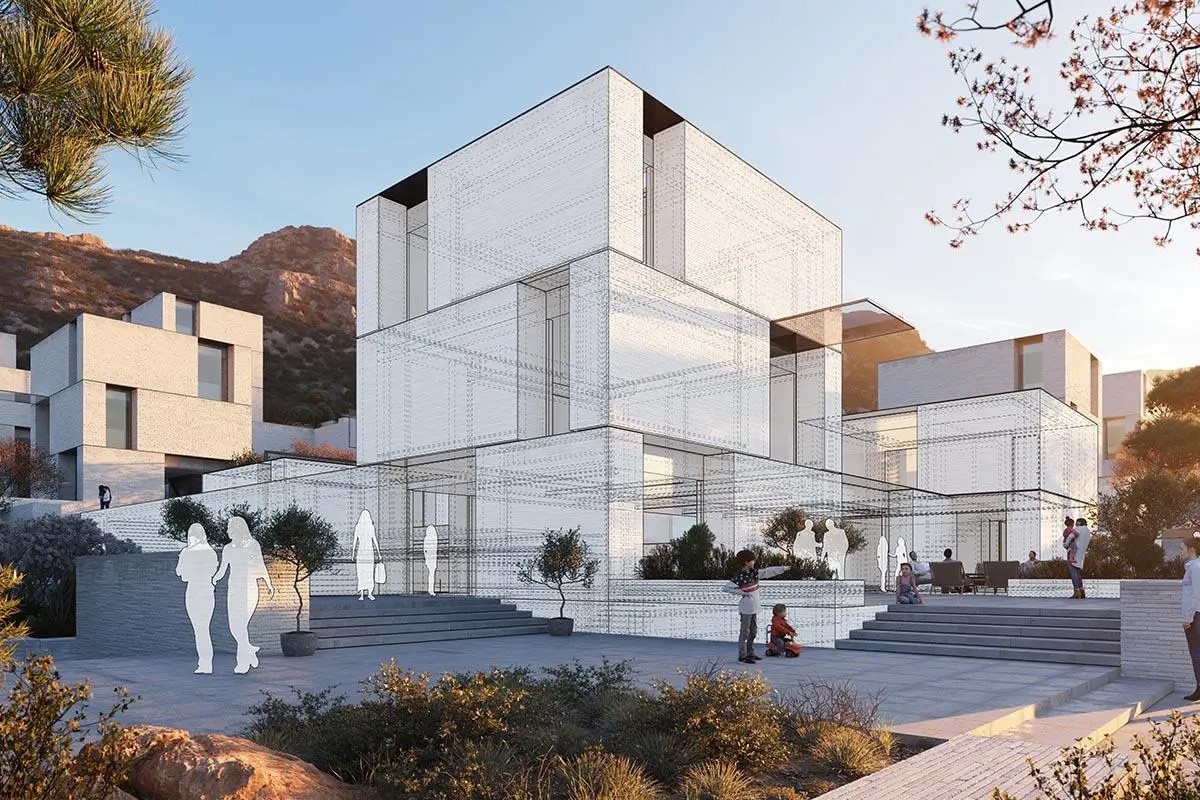Architectural design transcends mere aesthetics; it is a powerful force that shapes our surroundings, influences our behavior, and defines the way we interact with the built environment. From towering skyscrapers to quaint cottages, every structure reflects the vision and values of its creators, leaving a lasting imprint on society. In this exploration, we delve into the profound impact of architectural design, uncovering its implications on culture, psychology, and the human experience.

Shaping Cultural Identity
1. Iconic Landmarks
Iconic architectural landmarks serve as tangible symbols of cultural identity and heritage, representing the collective aspirations and achievements of a society. From the Eiffel Tower to the Taj Mahal, these structures evoke a sense of pride and belonging, drawing visitors from around the world to experience their magnificence firsthand.
2. Cultural Expression
Architectural design provides a platform for cultural expression, allowing communities to celebrate their unique identities and traditions through built form. From indigenous dwellings to contemporary cultural centers, architecture reflects the values, beliefs, and aesthetics of diverse cultures, enriching the urban landscape with a tapestry of styles and influences.
Influencing Human Behavior
1. Spatial Perception
Architectural design influences our perception of space, shaping our experiences and interactions within the built environment. From the intimacy of a cozy café to the grandeur of a cathedral nave, spatial configurations evoke emotional responses and influence social dynamics, fostering connections and shaping our sense of belonging.
2. Environmental Psychology
Environmental psychology explores the relationship between human behavior and the physical environment, highlighting the impact of architectural design on mood, cognition, and well-being. Factors such as natural light, ventilation, and spatial layout can affect our productivity, creativity, and overall satisfaction with our surroundings.
Fostering Sustainable Communities
1. Sustainable Design Practices
In an era of environmental awareness, architectural design plays a crucial role in shaping sustainable communities that prioritize resource conservation and environmental stewardship. Sustainable design practices such as passive solar design, green building materials, and energy-efficient technologies minimize the ecological footprint of buildings and promote a more resilient and regenerative built environment.
2. Community Engagement
Architectural design can foster community engagement and social cohesion by creating inclusive and accessible spaces that cater to the needs and aspirations of diverse populations. From mixed-use developments to public parks and plazas, thoughtful design interventions enhance connectivity, promote social interaction, and strengthen the fabric of neighborhoods and cities.
Transforming Urban Landscapes
1. Urban Revitalization
Architectural design plays a pivotal role in urban revitalization efforts, transforming blighted neighborhoods into vibrant hubs of activity and innovation. Through adaptive reuse projects, historic preservation initiatives, and urban regeneration strategies, architects breathe new life into neglected urban areas, creating opportunities for economic development and cultural revitalization.
2. Sustainable Urban Planning
Sustainable urban planning integrates architectural design principles with broader environmental, social, and economic considerations to create cities that are resilient, equitable, and livable. From transit-oriented developments to green infrastructure projects, architects collaborate with urban planners, policymakers, and community stakeholders to shape the future of urban landscapes in a sustainable and inclusive manner.
Conclusion
In conclusion, architectural design exerts a profound influence on the way we live, work, and interact with the world around us. From shaping cultural identity and influencing human behavior to fostering sustainable communities and transforming urban landscapes, architecture is a powerful tool for positive change and social impact. By embracing principles of creativity, innovation, and sustainability, architects can harness the transformative power of design to create a built environment that enriches the human experience and leaves a lasting legacy for future generations.